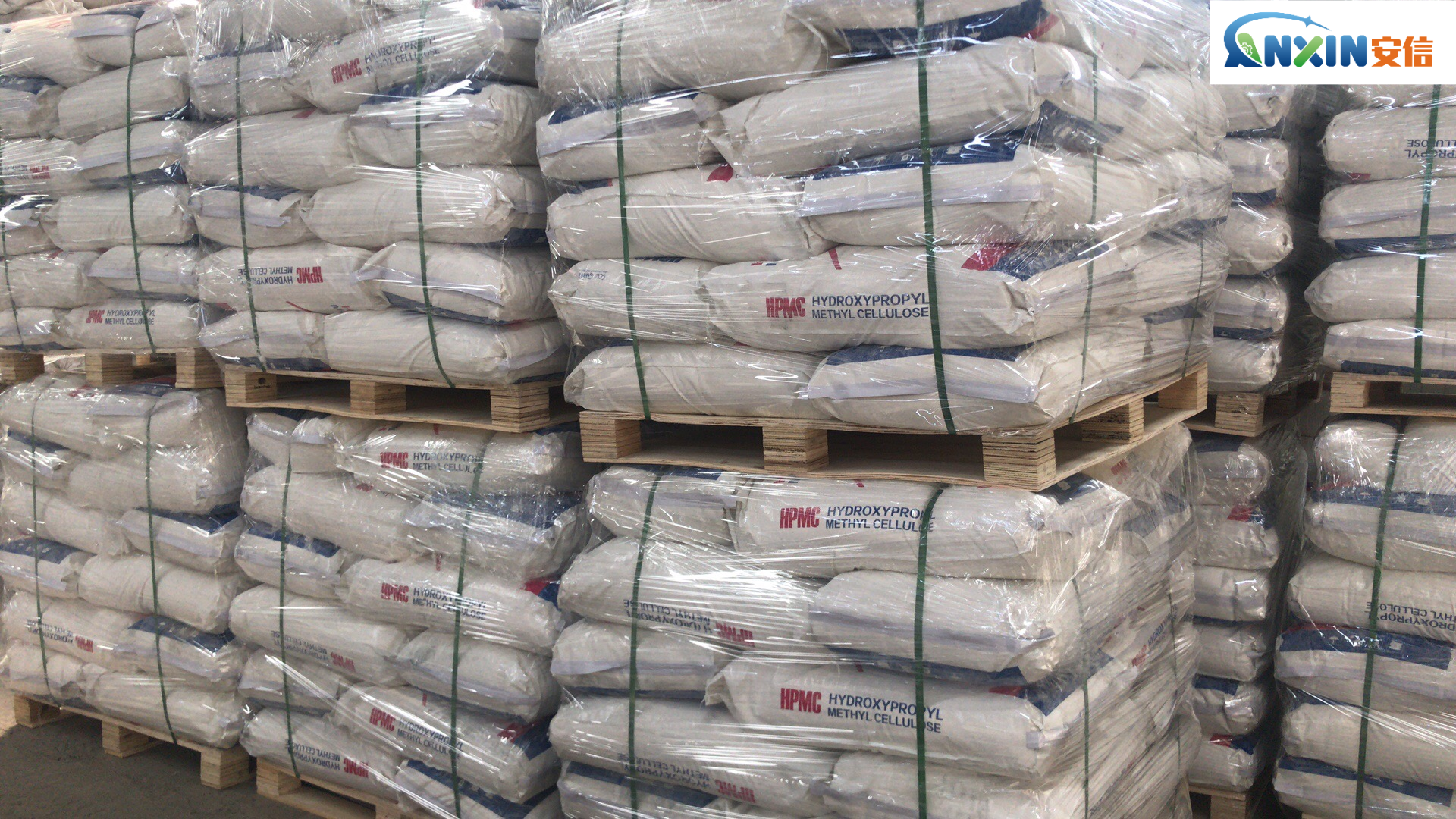What are the methods to dissolve cellulose ether?
Dissolving cellulose ethers can be a crucial step in various industries such as pharmaceuticals, food, textiles, and construction. Cellulose ethers are widely used due to their properties such as thickening, binding, film-forming, and stabilizing. However, their insolubility in many common solvents can pose challenges. Several methods have been developed to dissolve cellulose ethers effectively.
Organic Solvents:
Alcohols: Lower molecular weight alcohols such as ethanol, methanol, and isopropanol can dissolve cellulose ethers to some extent. However, they might not be suitable for all types of cellulose ethers and can require elevated temperatures.
Ether-Alcohol Mixtures: Mixtures of diethyl ether and ethanol or methanol are often used to dissolve cellulose ethers. These solvents provide good solubility and are commonly used in laboratory settings.
Ketones: Some ketones like acetone and methyl ethyl ketone (MEK) can dissolve certain types of cellulose ethers. Acetone, in particular, is widely used due to its relatively low cost and effectiveness.
Esters: Esters such as ethyl acetate and butyl acetate can dissolve cellulose ethers effectively. However, they might require heating to achieve complete dissolution.
Aqueous Solutions:
Alkaline Solutions: Cellulose ethers can be dissolved in alkaline solutions such as sodium hydroxide (NaOH) or potassium hydroxide (KOH). These solutions hydrolyze the cellulose ethers to form alkali metal salts, which are soluble.
Ammonia Solutions: Ammonia (NH3) solutions can also be used to dissolve cellulose ethers by forming ammonium salts of the ether.
Hydroxyalkyl Urea Solutions: Hydroxyalkyl urea solutions, such as hydroxyethyl urea or hydroxypropyl urea, can dissolve cellulose ethers effectively, especially those with lower degrees of substitution.
Ionic Liquids:
Ionic liquids are organic salts that are liquid at relatively low temperatures, often below 100°C. Some ionic liquids have been found to dissolve cellulose ethers efficiently without the need for harsh conditions. They offer advantages such as low volatility, high thermal stability, and recyclability.
Mixed Solvent Systems:
Combining different solvents can sometimes enhance the solubility of cellulose ethers. For example, mixtures of water with a co-solvent like dimethyl sulfoxide (DMSO) or N-methyl-2-pyrrolidone (NMP) can improve dissolution properties.
The Hansen Solubility Parameters concept is often employed to design effective mixed solvent systems for dissolving cellulose ethers by considering the solubility parameters of individual solvents and their interactions.
Physical Methods:
Mechanical Shearing: High-shear mixing or sonication can aid in dispersing cellulose ethers in solvents and improving dissolution kinetics.
Temperature Control: Elevated temperatures can often enhance the solubility of cellulose ethers in certain solvents, but care must be taken to avoid degradation of the polymer.
Chemical Modification:
In some cases, chemical modification of cellulose ethers can improve their solubility properties. For instance, introducing hydrophobic groups or increasing the degree of substitution can make cellulose ethers more soluble in organic solvents.
Micellar Solutions:
Surfactants can form micelles in solution, which can solubilize cellulose ethers. By adjusting surfactant concentration and solution conditions, it’s possible to dissolve cellulose ethers effectively.
In conclusion, the choice of method for dissolving cellulose ethers depends on factors such as the type of cellulose ether, desired solubility, environmental considerations, and intended application. Each method has its advantages and limitations, and researchers continue to explore new approaches to improve the dissolution of cellulose ethers in various solvents.
Post time: Apr-06-2024
